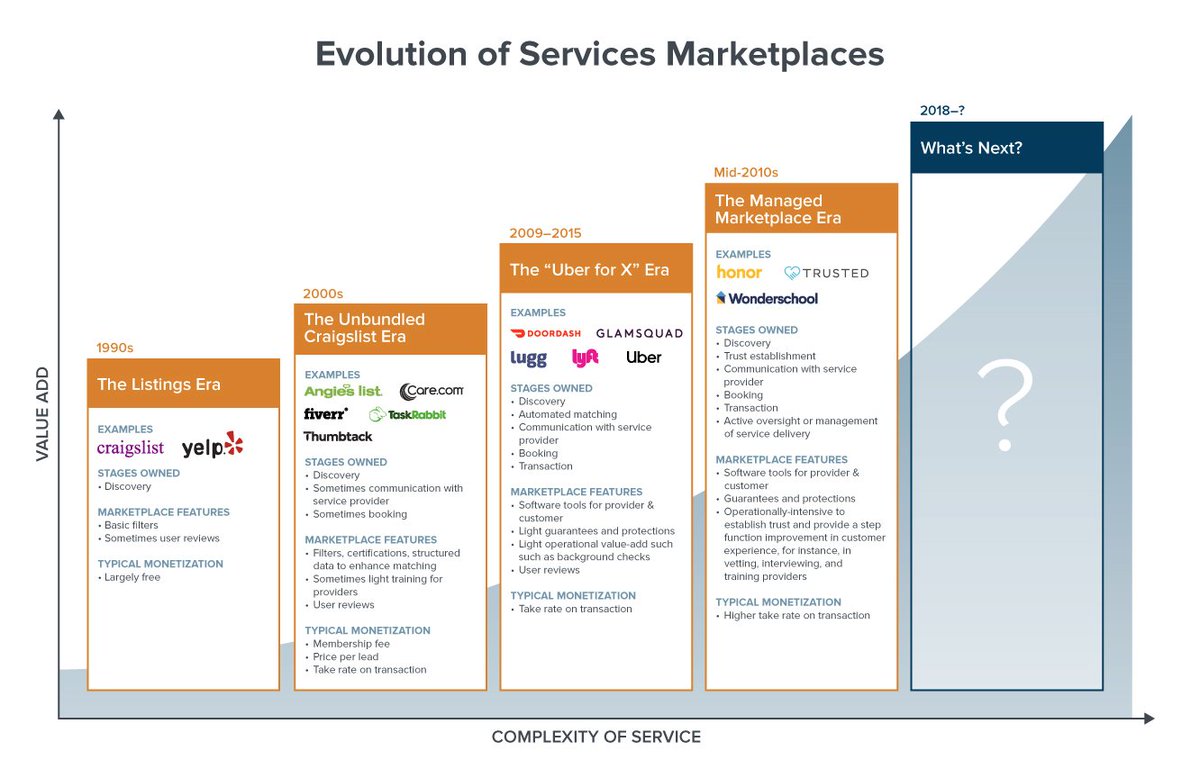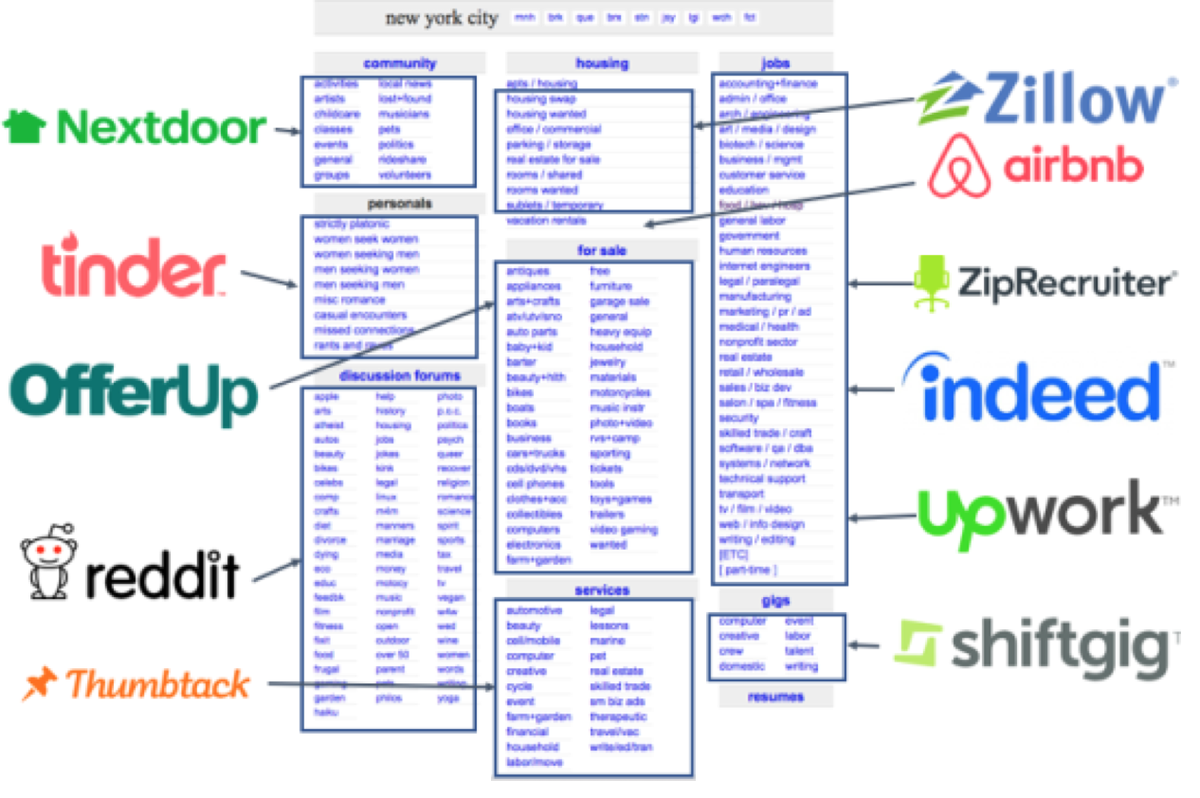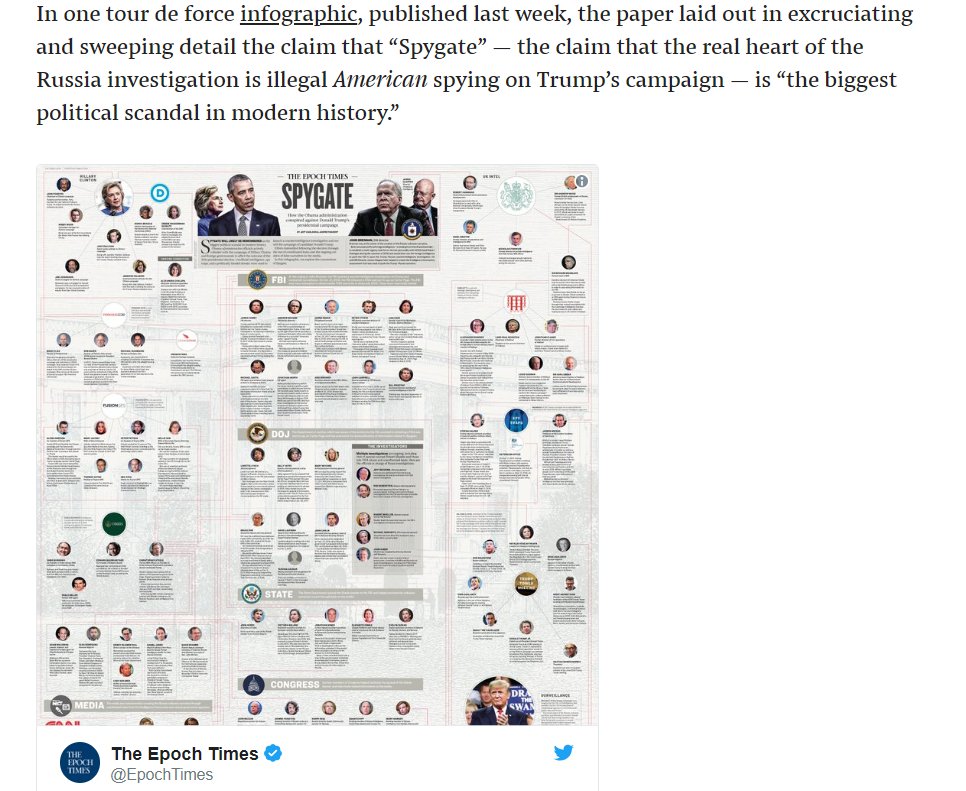Results of Secret Sin.
Sir Arthur Conan Doyle, the author of the Sherlock Holmes mysteries, loved practical jokes.
Once he sent a telegram to each of 12 friends.
All were men of great virtue and respected in society.
The telegram said, "Flee at once, your secret is discovered!"
Within 24 hours, the story goes, all twelve had left the country!
There may be some playful exaggeration here, but the
point is usually true that many people, including
Christians, are not what they seem to be.
James 1:15 "Then after our desire has conceived, it gives birth to sin, and when sin is fully grown, it gives birth to death."
SIN GROWS.
Sin always takes you further than you wanted to go.
Sin Cost you more than you want to pay,
Sin keep you longer than you want to stay.
In a conservative southern church (name withheld) , the pastor's wife found pornography on her husband's computer. After confronting him with the evidence, he admitted downloading d images off d internet, even using d computer in his study which was located in d church itself. .
In another bible-believing church not far from my home, a Christian businessman sought investment capital from other Christian individuals & businesses. He promised to invest d money in new Christian enterprises & promised a high rate of return on their money. Alas, however,























